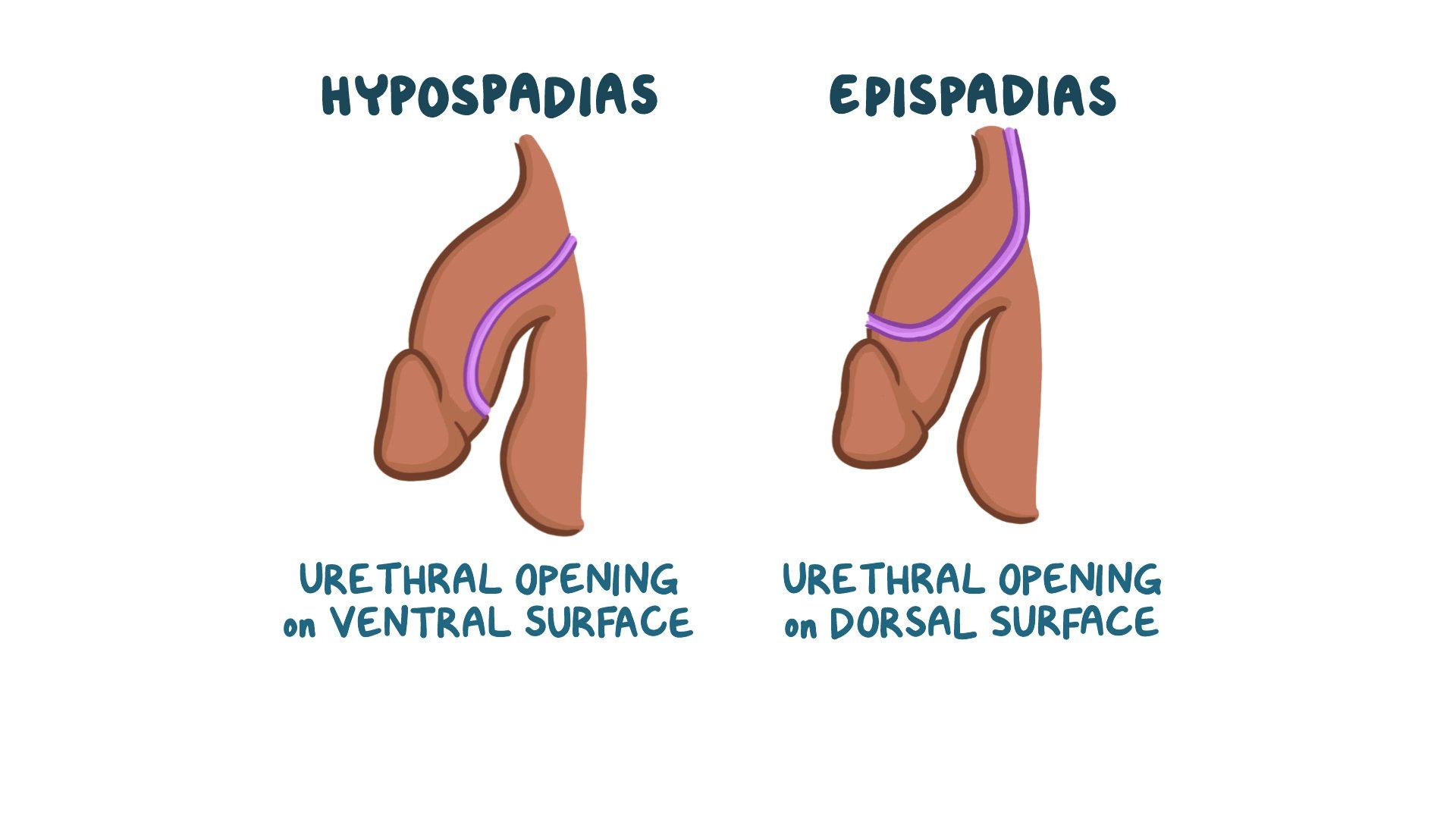The school nurse is preparing to administer amphetamine sulfate 15 mg by mouth (PO) to a child with attention-deficit/hyperactivity disorder ADHD). The child's mother has provided 10 mg tablets for administration at school. How many tablets should the nurse administer?
(Enter umeric value only. If rounding is required, round to the nearest tenth.)
The Correct Answer is ["1.5"]
To determine how many 10 mg tablets of amphetamine sulfate are needed to provide a 15 mg dose, you can use the following calculation:
Number of tablets = Desired dose / Tablet strength
Number of tablets = 15 mg / 10 mg/tablet = 1.5 tablets
Since the nurse is administering a half tablet, it would be important to ensure that the half tablet can be accurately measured and that the mother is aware of this when providing the medication.
Nursing Test Bank
Naxlex Comprehensive Predictor Exams
Related Questions
Correct Answer is ["A","D","E"]
Explanation
To help the parents decrease their anxiety, the nurse can:
A. Provide the parents with ideas about how to make their child feel better after the procedure. This can help reassure the parents that they can support their child during the recovery process.
D. Find a comfortable area that the parents can wait that is close to the procedure area. Being close to the procedure area allows the parents to stay informed and feel more connected to their child during the procedure.
E. Do not give any specifics on the amount of time the procedure will take. Providing a specific time may increase anxiety, so it's often better to provide a general idea of the timeframe.
Option B is not appropriate because stating that the procedure is 100% effective and safe may not be accurate and could lead to false expectations.
Option C is not appropriate because limiting visitation based on the parents' anxiety is not typically recommended. Supportive presence is generally encouraged for both the child and parents.
Correct Answer is B
Explanation
A. Surgery should be done by one month to prevent bladder infections. This statement is not accurate. While early surgery is generally recommended, the one-month timeframe is not a strict rule. The primary reason for early correction is to improve the cosmetic appearance of the penis, but it is not primarily aimed at preventing bladder infections.
B. Repair should be done before the child is potty-trained.
Hypospadias is a congenital condition where the opening of the urethra is on the underside of the penis rather than at the tip. Surgical correction is typically recommended, and the timing of the surgery is an important consideration.
C. The urethral repair should be done after sexual maturity. This statement is incorrect. Delaying the repair until sexual maturity is not the standard approach. In fact, earlier surgical correction is often recommended to ensure proper urinary function and to avoid potential psychological and social issues in the child.
D. Delaying the repair until school age reduces castration fears. This statement is not supported by current medical practice. Delaying the repair until school age can lead to psychosocial issues, as children may become more self-aware of their condition and experience teasing or psychological distress.

Whether you are a student looking to ace your exams or a practicing nurse seeking to enhance your expertise , our nursing education contents will empower you with the confidence and competence to make a difference in the lives of patients and become a respected leader in the healthcare field.
Visit Naxlex, invest in your future and unlock endless possibilities with our unparalleled nursing education contents today
Report Wrong Answer on the Current Question
Do you disagree with the answer? If yes, what is your expected answer? Explain.
Kindly be descriptive with the issue you are facing.
